Feeding and caring for your Pomeranian at home
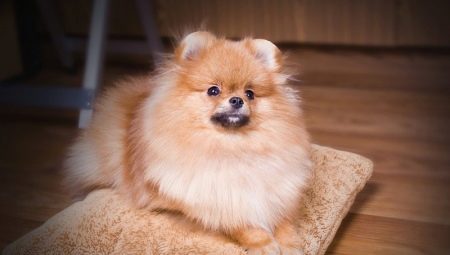
The Miniature Pomeranian is a popular breed of dog that is compact and home-oriented. Its striking appearance makes it attractive to buy as a pet. But even a compact dog needs full care and creating a comfortable atmosphere in the house.
In addition to maintaining a balanced diet, the animal definitely needs regular walks and sufficient physical activity. Taking care of puppies at home, feeding and keeping the Miniature Spitz takes a lot of time. But the reviews of the owners make it possible to understand: this breed of dog is really capable of becoming a loyal companion and a good friend for many years.
Features of the breed
The Pomeranian is a German breed of dog with a lively and cheerful character. But without proper training, a dwarf pet can easily subordinate the whole family to its needs and turn into a domestic tyrant. The description of the mini-spitz emphasizes its resemblance to a small fox - bright red hair, a sharp muzzle, erect ears are a characteristic feature of the breed. There are animals and black, brown, white or two-tone color, blue with undertones, black and tan, red and black.
Pomeranian Spitz are 19 to 30 cm high, weigh up to 4 kg, and reach 22 cm at the withers.
It is believed that such a dwarf companion dog, if properly educated, turns out to be a good companion for the modern city dweller.
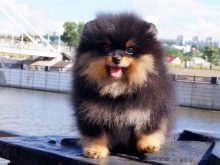
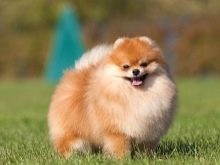
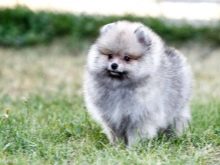
Nutrition
Pomeranian nutrition is a special moment in caring for a puppy and an adult dog. The animal's excellent appetite leads to the fact that its diet has to be limited, accurately calculating the calorie content. A good metabolism is the reason that the dog starts to get hungry quickly enough.
With a small body weight, even a weight gain of 0.5 kg creates an excessive load on the heart and other body systems.
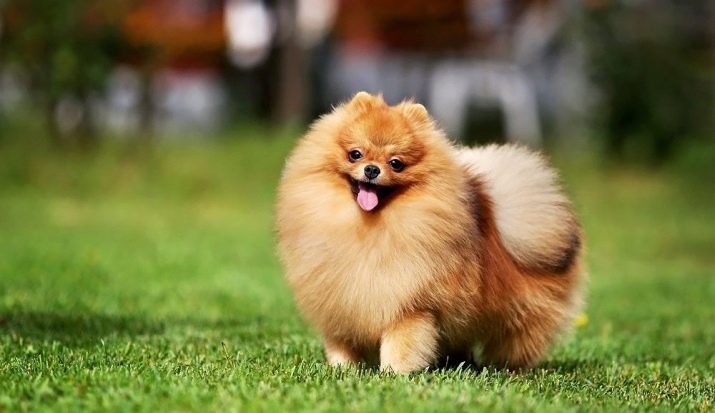
A balanced diet that can be fed to a Pomeranian should consist of:
- proteins that ensure proper growth and normal metabolism;
- carbohydrates that provide the necessary energy reserves;
- fats responsible for the condition of the coat;
- vitamins and minerals.
Natural feeding is fine. Dogs of this breed willingly eat meat products - lean poultry, boneless beef, veal. The use of boiled sea fish will help diversify the protein diet. Fermented milk products - kefir, low-fat cottage cheese - are also useful for growing puppies and adult dogs. Eggs are given no more than once a week.
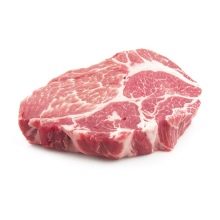
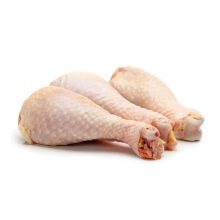
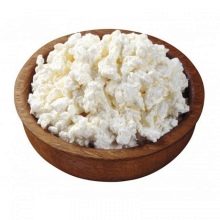
At home, feeding Pomeranian dogs involves the use of cereals - a source of carbohydrates. We recommend such types of cereals as rice, buckwheat, wheat, you can give rolled oats or millet in a well-boiled form.
Milk is suitable as the basis of the menu for puppies, it is better for adult dogs to cook porridge in meat broth.
The diet must include vegetables - cucumbers, zucchini, carrots, as well as fruits and dried fruits as a delicacy. But it is quite difficult to create a balanced diet for an animal and provide it with vitamins and minerals at home. That is why veterinarians and breeders believe that the diet should be prepared and from a reputable manufacturer.
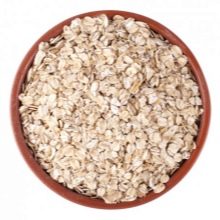

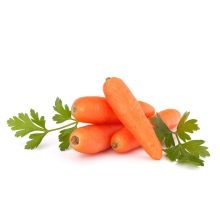
Feeding prepared meals
Nutritional standards for adult dogs are relevant in the case of Pomeranian Spitz aged 1 to 8 years - it is at this age that the animal is considered young and active. Some pets remain in maximum physical shape until the age of 9.
Further feeding is carried out with special meals of the Senior category.
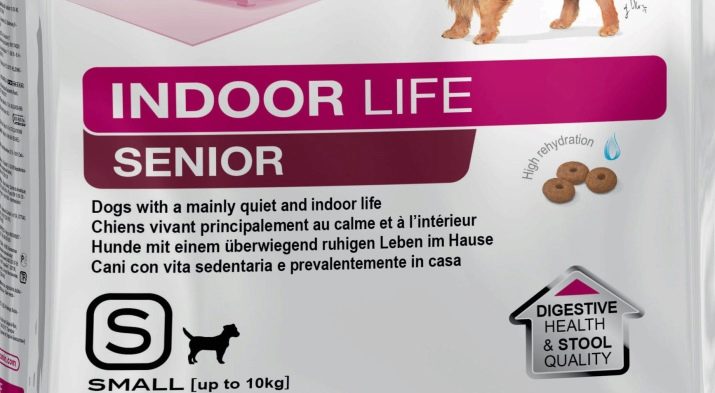
The feeding habits of adult animals imply that food is given twice to the dog during the day. The advantages of a ready-made diet in this case are obvious:
- balance of the contents of the portion - in terms of calorie content, a combination of vitamins and minerals;
- accurate calculation - the dosage is indicated on the package, you do not need to determine it yourself;
- a wide range of options for different ages and nutritional needs;
- simplicity and ease of storage, the ability to take with you on a trip or vacation.
Choosing ready-made meals, you should not be afraid of excessive costs. Buying high-quality high-quality meat and fish will definitely not cost less and will require additional time investment. When choosing a product, you should pay attention to food marked "mini", "small", "miniature", taking into account the needs of small breeds of dogs.
Premium brands include Pro Pac, BioMill.
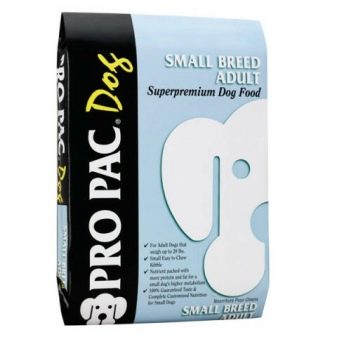
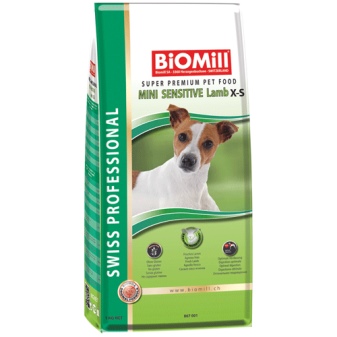
The super-premium category on the Russian market is represented by Royal Canin, Hills, ProPlan.
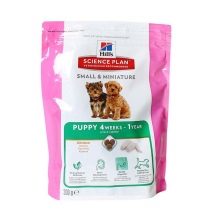
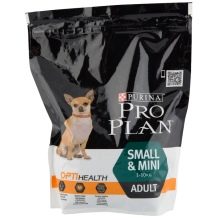
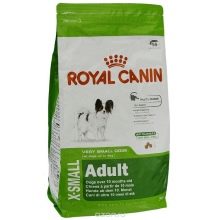
Special attention of breeders in recent years has been given to the forage of the Holistic series without grain content.
Here the producers of Acana, Chicken Sup, Pronature are distinguished.
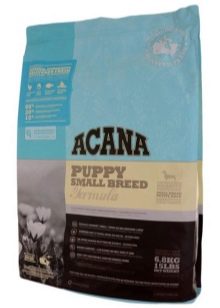
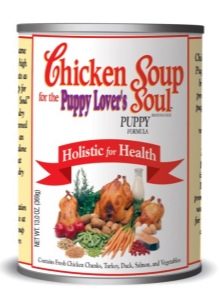
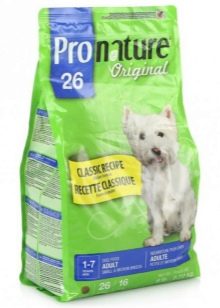
Feeding the puppy
The dwarf Pomeranian, as well as representatives of other small breeds, is characterized by rapid and intensive growth. At 8-10 months, the dog already has an adult appearance, then the skeleton becomes only slightly stronger. That is why the calorie content of the diet in the first months of the animal's life should be maximum.
During the first weeks of life, Pomeranian Spitz feeds on mother's milk. In the absence of such, it is imperative to purchase specialized veterinary milk formulas. You can prepare your own food before each feeding by taking 250 ml of milk and 1 egg yolk.The resulting mixture is heated to 40 degrees, given from a bottle with a nipple immediately after its creation.
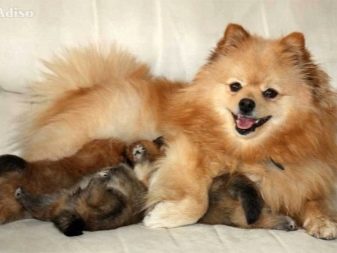
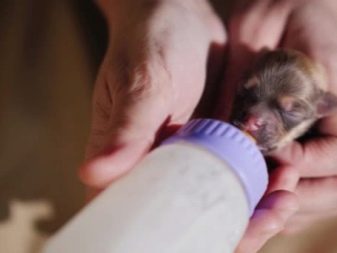
In the first 5 days, babies eat often - up to 12 times a day. Night feedings are canceled from three weeks of age. With the appearance of milk teeth in the fourth week, puppies are given finely ground or minced meat without fat, puree vegetable soups are introduced.
From 1 to 3 months, the frequency of feeding the puppy is 5 times a day. Be sure to give boiled meat with every feeding. For the prevention of rickets, boiled egg yolk is injected twice a week. Milk rice, buckwheat, wheat porridge are responsible for weight gain and a surge of energy.
Fast-growing animals obtain fiber for digestion from chopped fresh or boiled vegetables.
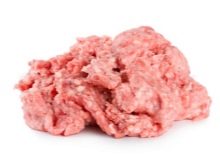
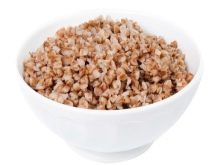
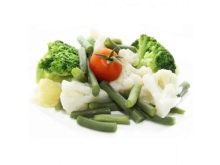
From 2 months to six months, dairy products are useful for a puppy. Natural cottage cheese, yogurt, kefir without added sugar help to provide the baby's body with calcium. At the same time, gradual dry food training can begin. From 3-3.5 months, it is given soaked throughout the entire period of tooth change.
At 4 months old, Pomeranian puppies are allowed to gnaw on the veins, soft spongy bones and cartilage - this is useful for the formation of the animal's chewing apparatus. From the age of six months, the frequency of feeding is reduced to 3-4 times a day.
From 8 months he receives food like an adult dog.

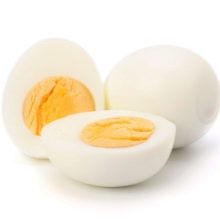
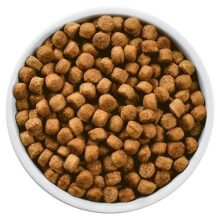
How to feed a castrated pet?
A neutered or neutered adult Pomeranian must receive specialized nutrition that takes into account the state of his health. After the operation, animals experience certain difficulties with the metabolism and the work of the organs of the genitourinary sphere. The owner needs to carefully regulate any problems that arise with a properly selected meal regimen.
For this, industrial dry and wet feeds of premium and super-premium class are produced, as well as a grain-free diet - holistic.

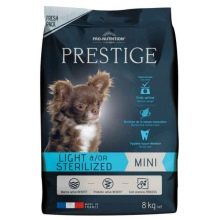
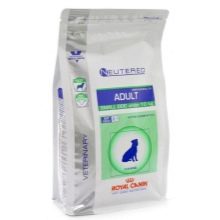
The main feature of such products is their reduced calorie content. Here the volume of incoming proteins is optimized, the content of fat and carbohydrate components is reduced. The portion sizes remain the same, the dog is not hungry. However, in the postoperative period, while the anesthesia is removed from the body, the amount of food will still have to be reduced.
It is necessary to select the best food for neutered or neutered animals after consultation with a veterinarian. It is worth paying attention to products focused on small and dwarf breeds with a reduced level of physical activity. Among useful supplements, you should pay attention to chondroitin, biotin, l-carnitine, calcium and magnesium, organic and polyunsaturated fatty acids.
Upon reaching the age of five, the animal is transferred to dry food intended for the prevention of urolithiasis.
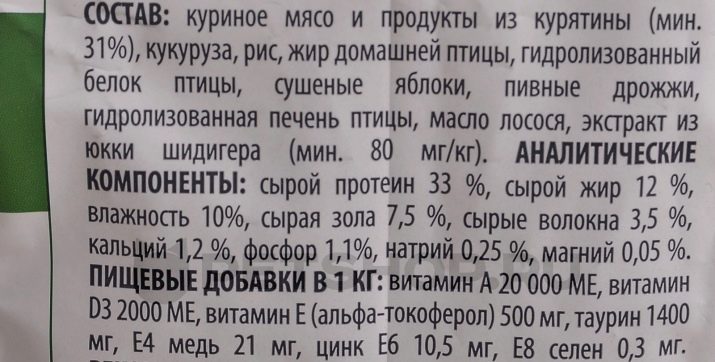
Conditions for keeping
The Pomeranian is a rather unpretentious dog. The puppy needs its own bed, which is better placed in the room away from drafts. A house or a basket with sides and a mattress insert inside will do. Dogs of this breed need toys and tools to grind their teeth.
At home, if the puppy stays alone for a long time, it is worth preparing an aviary with a toilet and a bed inside. In a house or apartment, during the growth and formation of the skeleton, the dog will have to cover all slippery floor surfaces with paths or carpets. Walking of the animal is carried out on a leash - an inquisitive animal is very partial to garbage and other objects dangerous to it.
In addition to moderate physical activity, during walks in the fresh air, the pet should be provided with maximum comfort - you will need waterproof autumn overalls and winter "down jackets".
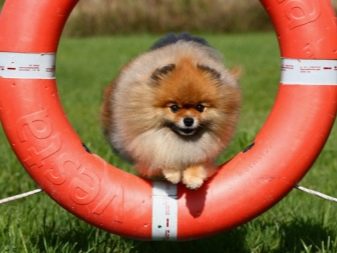
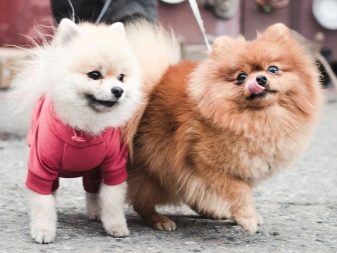
How to monitor your ears and eyes?
The direct placement of the ears of the Pomeranian Spitz allows you to easily and quickly carry out the necessary hygienic manipulations.Dogs are not prone to developing otitis media and other ear diseases. A pet living at home usually does not show anxiety with regular mandatory procedures. Puppy care begins in the first months of life.
It is recommended to remove hairs growing on the inner surface of the auricle. The procedure is carried out in the period after bathing, manually, and does not cause any particular discomfort to the pet. Cleaning with a cotton swab is performed weekly, the immersion depth should be kept to a minimum. Better to give preference to special safe options with a limiter.
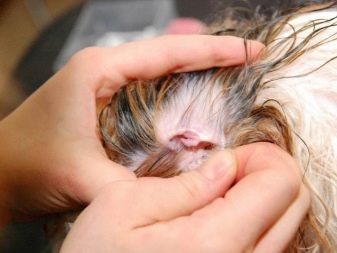
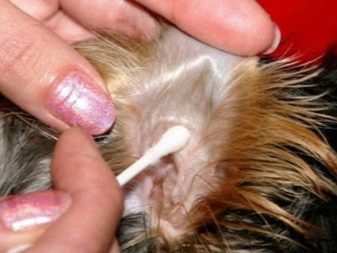
The following symptoms should be a cause for concern to the owner:
- the formation of tumors, seals on the surface of the skin;
- itching, scratching of surfaces with paws;
- discoloration of the skin inside;
- the appearance of discharge from the ears, an unpleasant odor.
All of these factors are a good reason to seek the help of a veterinarian.
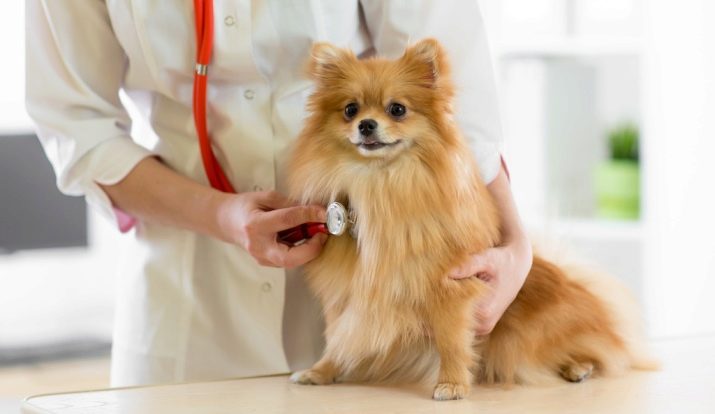
Dog eye care tips should also not be ignored. The peculiarities of their structure in Pomeranian Spitz are such that often eyelashes or wool around does not grow correctly. Purulent discharge, excessive tearfulness, and lumps in the corners of the eyes are considered a cause for concern.
Normally, tear discharge requires only regular removal from the surface of the coat. The lacrimation, necessary to wet the bulging eyeball, increases during the period after sleep, a walk, or with a sharp change in light and shadow. But if the abundance of discharge increases significantly, it is worth worrying. An allergic reaction or an injury to the eye may be the cause of the problem.
Daily eye hygiene consists in removing secretions using a cotton swab dipped in a special veterinary lotion or ordinary boiled water, and a decoction of chamomile is also suitable.
For an allergic reaction, veterinarians may prescribe drops.
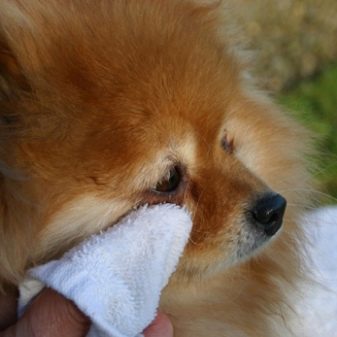
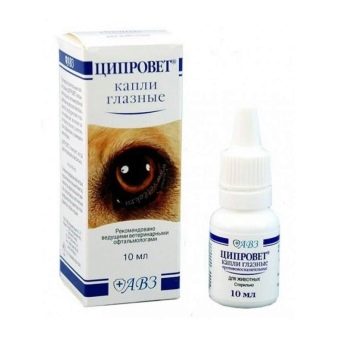
Hygiene of teeth
Caring for the teeth of dwarf breeds, which include the Pomeranian, requires special attention. Only careful hygiene will help to protect the animal's dental system from caries, loss, and damage to tartar. It is important to understand that the breed is so susceptible to all these risks that it may well lose its molars and premolars long before the onset of venerable age.
Prevention of inflammation, careful monitoring of the state of the oral cavity - these are the main responsibilities of the owner.
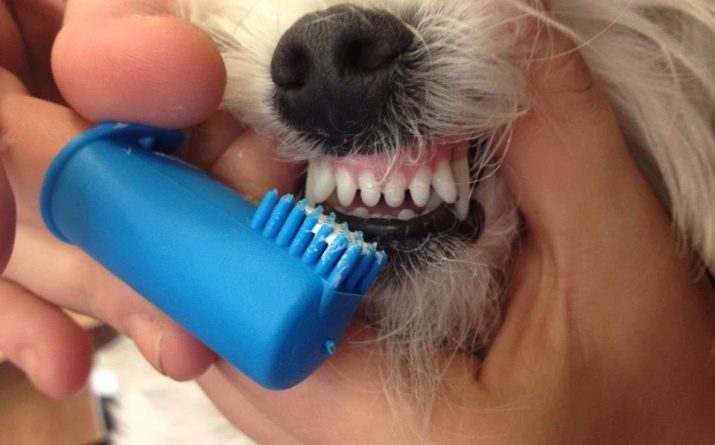
Change of teeth in Pomeranian puppies takes up to six months. The duration of the process is about 60-90 days. During this period, the animal may show signs of anxiety and malaise. There may be signs of fever, indigestion. If there are no signs of a timely change of teeth, you should consult a doctor.
Pomeranian teeth are cleaned regularly after they are changed to permanent ones, at least three times a week. A special dog toothpaste is used, it is worth choosing options without sweeteners. To carry out the cleaning procedure, you will need a special brush or sponge; in an emergency outside the home, you can do with ordinary bandages.
It is important to remember: treats and bones, sprays and other options for oral cavity cleaners do not replace mechanical removal of bacterial plaque.
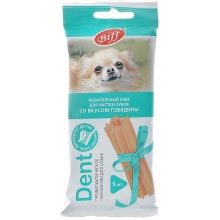
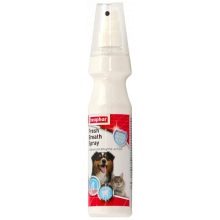
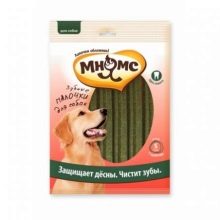
How to care for your coat?
Grooming is one of the main concerns of Pomeranian owners. Owners of long guard hair and thick undercoat require careful and regular brushing. The procedure is carried out at least once a week, but it is not necessary to perform it too often, otherwise the famous luxurious pet fur coat will be overly thinned.
During the shedding period, remove dead hairs more intensively in order to help the dog get rid of the superfluous undercoat as soon as possible.
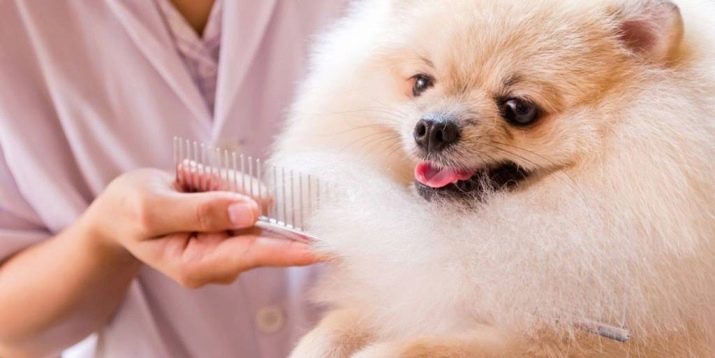
The rules of grooming for Pomeranian Spitz prescribe combing against the fur.Particular attention is paid to areas of the body where the hairline is especially soft and tends to form tangles. These are the areas behind the ears and in the groin, on the paws, and in the throat. A set of appropriate tools will help to correctly remove the dead undercoat and excessively long guard hair:
- combs with different frequency of teeth;
- brushes - with metal teeth and natural bristles;
- scissors for clipping - you should take the option for animals, with injury-free rounded ends.
In order for an adult dog to tolerate well all complex manipulations with the coat, it is worthwhile to take care of its accustoming to this procedure in advance. You should start at the age of one month, creating comfortable conditions for the puppy, and gradually increasing the time of combing the coat. Adult Pomeranians need regular grooming - a haircut to give the correct silhouette.
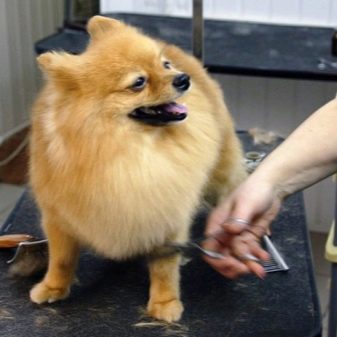

Bathing
Bathing the Pomeranian helps to keep the coat clean. It is carried out not too often, once every two months, with the use of special dog shampoos. They must be hypoallergenic and from a reputable manufacturer. In emergency cases, dry shampoos are used, which can quickly bring the contaminated fur coat of an animal into proper condition.
A basic kit should include shampoo, conditioner, and antistatic agent to reduce static electricity.
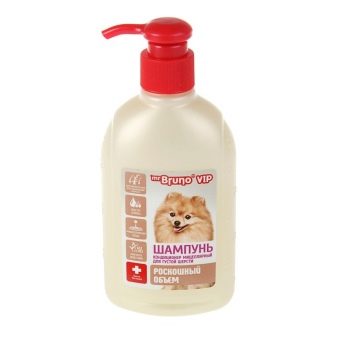
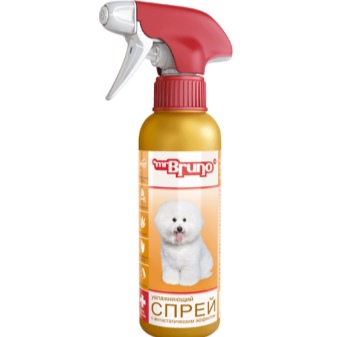
When bathing, a special non-slip coating is laid on the bottom of the bathtub or other container. In addition, it is worth considering a number of subtleties that will help to achieve an optimal result.
- Bathing is undesirable during molting. It is necessary to provide a break in the performance of hygiene procedures so as not to provoke even more abundant hair loss.
- Pre-combing will greatly facilitate the process of further processing of the coat and will avoid tangling of the undercoat.
- During bathing, it is necessary to place cotton swabs in the animal's ears to prevent water from entering.
- For the most even distribution of the shampoo, you must first dilute it with water.
- On the day of the water procedures, you should refuse to walk the animal in order to prevent possible hypothermia and the development of colds.
After completing the procedure, the animal is dried with a hair dryer. The dense undercoat prevents rapid natural drying. The best solution would be to buy a special stand for a hair dryer, which allows you to operate with two hands during the treatment of the animal's body.
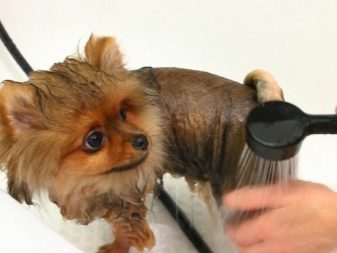

How to cut your claws?
Clipping your nails is a complicated procedure. And if we are talking about a hyperactive German dwarf Spitz, it can be even more difficult to carry it out without harming the dog's health. But this procedure is absolutely necessary, because naturally the claws are grinded very badly, and excessively long keratinized plates can grow into soft tissues and injure the pet.
The regularity of clipping of the claws in Pomeranian spitz is determined by such a factor as the conditions of their detention. The more often the dog is in contact with natural abrasives - asphalt, concrete, the less often it will be necessary to artificially remove excess stratum corneum. On average, you have to inspect and cut your nails every one to two months.
You should first stock up on disinfecting drugs, buy a special safe nail clipper.
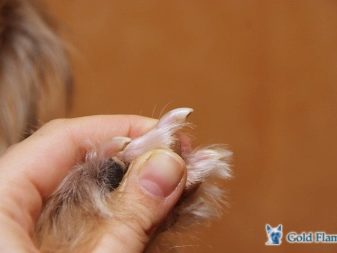
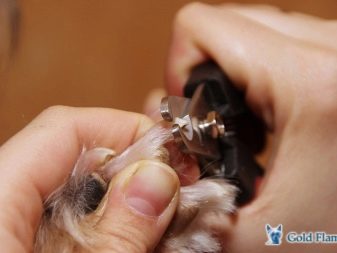
The main difficulties in cutting claws lie in the presence of living tissue inside the hard shell - pulp. Its border is clearly visible even upon visual inspection, if sufficient lighting is provided. From this line you need to retreat 2 mm and remove the excess claw. Next, the cut edge is carefully filed with a classic manicure file or special grinding tools.
For the peculiarities of raising and caring for the Pomeranian, see the next video.






































